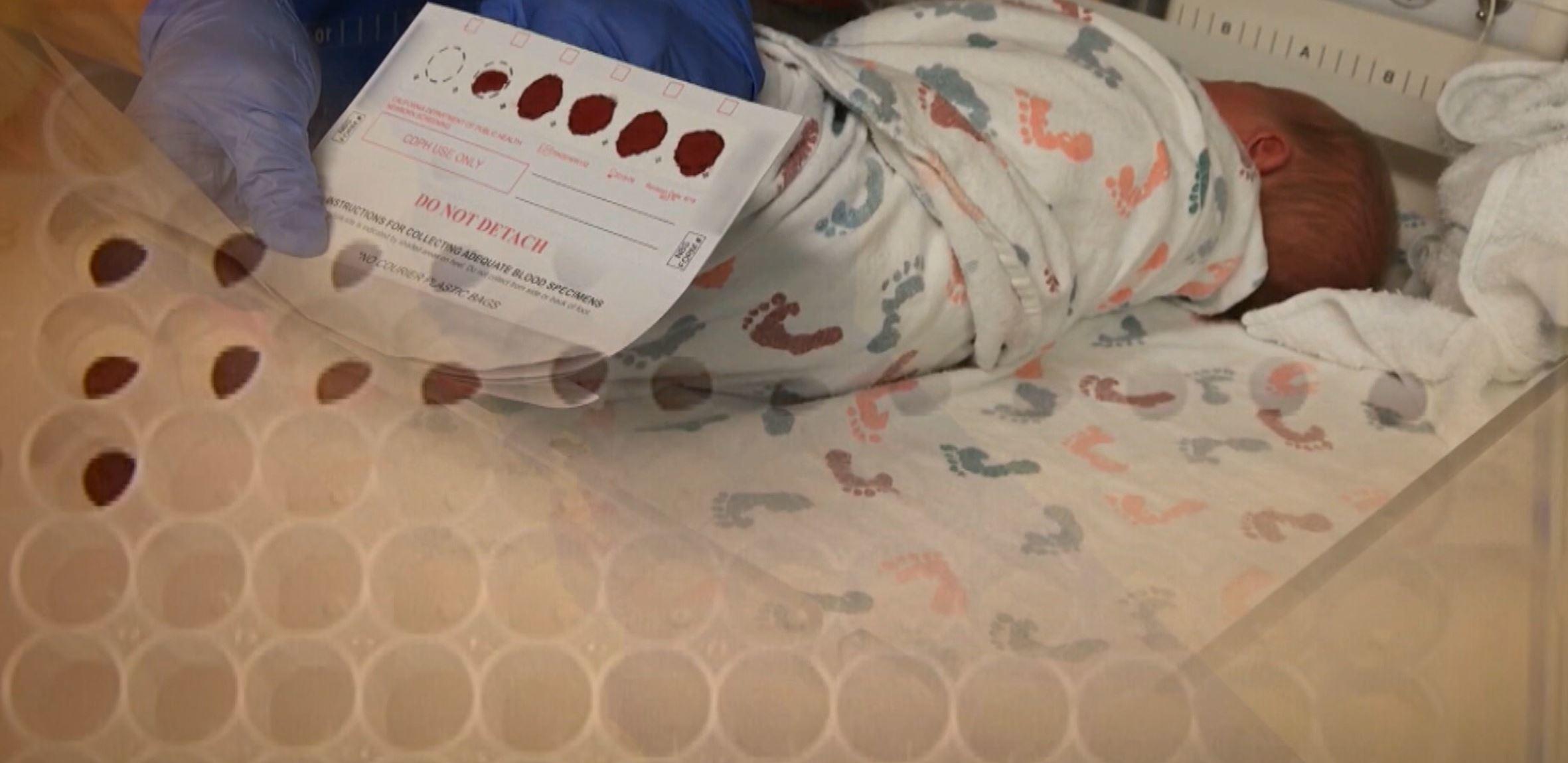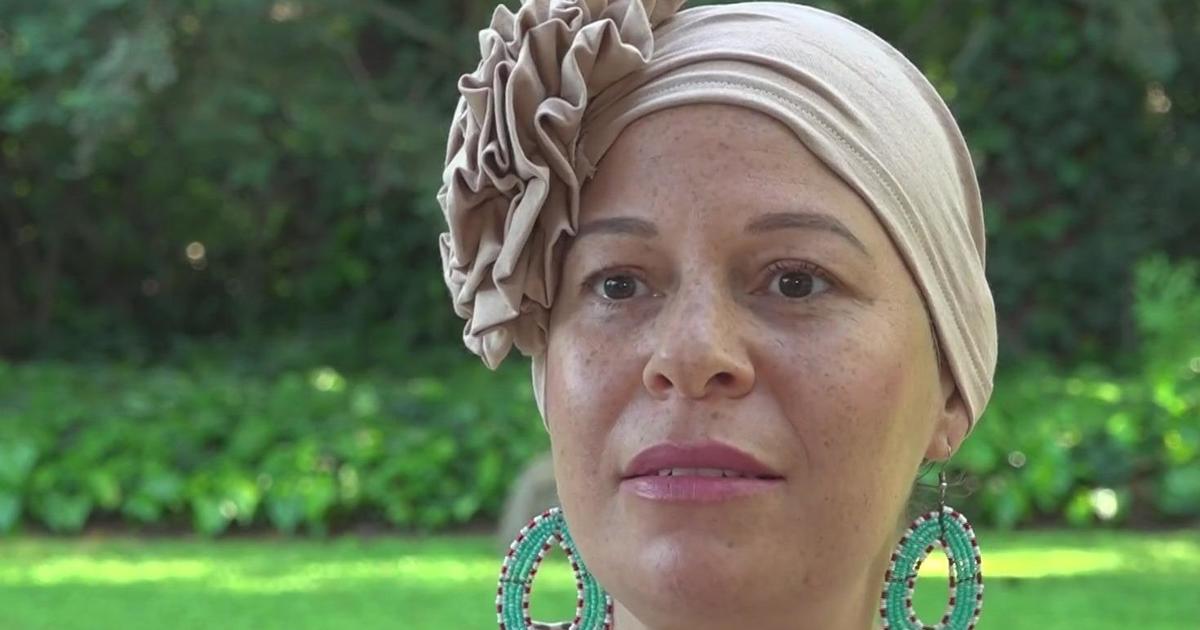Genetics Breakthrough Changes Thinking About DNA
Sept. 7, 2012 -- In what scientists call the biggest breakthrough in genetics since the unraveling of the human genome, a massive research effort now shows how the genome works.
The human genome contains 3 billion letters of code containing a person’s complete genetic makeup.
The biggest surprise is that most of the DNA in the genome -- which had been called "junk DNA" because it didn't seem to do anything -- turns out to play a crucial role. While only 2% of the genome encodes actual genes, at least 80% of the genome contains millions of "switches" that not only turn genes on and off, but also tell them what to do and when to do it.
Eleven years ago, the Human Genome Project discovered the blueprint carried by every cell in the body. The new ENCODE project now has opened the toolbox each cell uses to follow its individual part of the blueprint. The effort is the work of more than 400 researchers who performed more than 1,600 experiments.
The genome, with its 3-billion-letter code, reads from beginning to end like a book. But in real life, the genome isn't read like a book. The ENCODE data shows it's an intricate dance, with each step carefully choreographed.
'Science for This Century'
Ewan Birney, PhD, associate director of the European Molecular Biology Laboratory, was one of the leaders of the Human Genome Project. He also helped lead the ENCODE project.
"The ENCODE data is just amazing. It shows how complex the human genome is," Birney said at a news conference. "This is the science for this century. We are going to be working out how we make humans, starting out from a simple instruction manual."
"We think this will lead to changes in medicine and therapeutic treatment of disease," Michael Snyder, PhD, director of Stanford University's Center of Genomics and Personalized Medicine, said the conference.
Eric D. Green, MD, PhD, director of the NIH's National Human Genome Research Institute (NHGRI), notes that most known disease-causing DNA mutations are in the small part of the genome that encodes genes.
"Most of these known mutations cause rare diseases," Green said. "But for the great majority of diseases, it's changes in the switches themselves. Diseases that are more common probably involve multiple DNA variants outside the genes. Common diseases like hypertension, heart disease, and diabetes are probably caused by things sitting in these switches."
The ENCODE data is being published this week in more than 30 journal articles, including an overview article and other papers in the journal Nature. Nature is making all the data available through its web site and is creating online information "threads," so people interested in one part of the research can follow the data across all of the papers.
A New Start
While ENCODE has assembled a huge mountain of data, the job is far from done. Scientists still have to work out what the various "switches" do and how they do it, both by themselves and in different combinations.
The first discoveries to come from the work likely will be new ways of diagnosing disease based on an individual patient's genome. Next will come new ways to treat disease.
"Particularly exciting is that clinical researchers already are beating our doors down," Green says. "We are in striking distance of really benefiting disease research with this new knowledge."
 WebMD Medical News
WebMD Medical News


